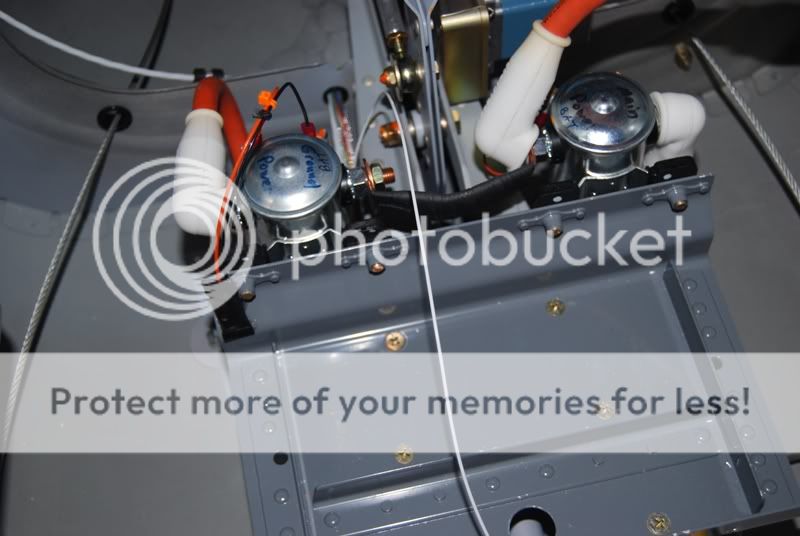Hi,
I?m just thinking about how to wire the external power.
One Idea is to install a relay which is powered by the external power and connects the ext power directly to the battery bus. Very simple.
The Other is, to install a second smaller relay, which disconnects the BAT Relay when ext Power is connected. So that the BAT is not connected when ext Power is online. I want to prevent the BAT of any damages (fire...).
How have others done that? Did you install a current limiter, relays, diodes?
Thanks for Ideas,
Kai.
I?m just thinking about how to wire the external power.
One Idea is to install a relay which is powered by the external power and connects the ext power directly to the battery bus. Very simple.
The Other is, to install a second smaller relay, which disconnects the BAT Relay when ext Power is connected. So that the BAT is not connected when ext Power is online. I want to prevent the BAT of any damages (fire...).
How have others done that? Did you install a current limiter, relays, diodes?
Thanks for Ideas,
Kai.






